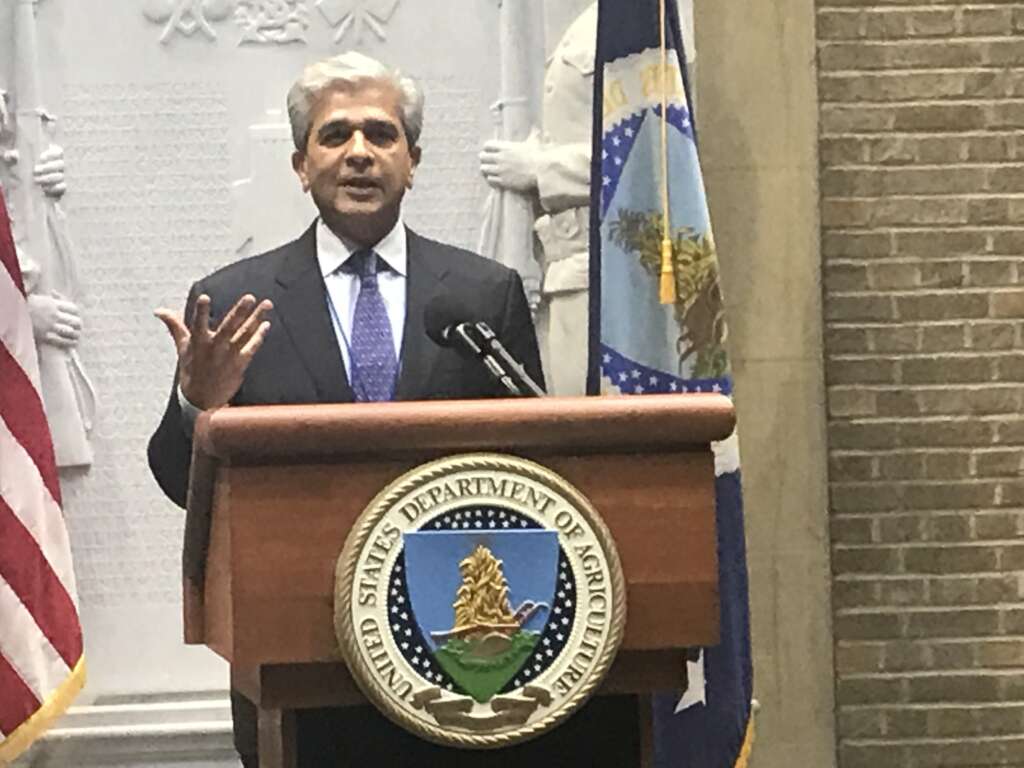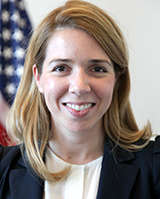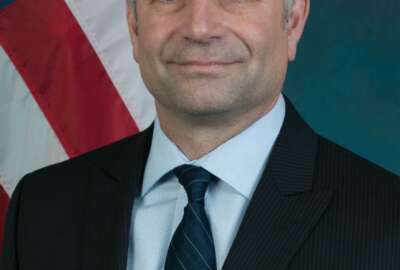
GSA’s 18F expects to be in the black in 2020
The General Services Administration told the House Oversight and Reform Subcommittee on Government Operations that its 18F organization fixed many of its initial...
“Strike a blow for liberty!” said Rep. Gerry Connolly (D-Va.) when he heard from both the General Services Administration and the Government Accountability Office that the 18F organization would meet its goal of achieving full cost recovery by the end of fiscal 2020.
If you aren’t familiar with GSA’s 18F organization, the Obama administration brought in private sector technology experts to help agencies jump start and further IT modernization programs. The initial folks who ran 18F set it up like a private sector start-up where money was free flowing and rules were less important.
Needless to say, 18F got in a bit of trouble, particularly around procurement and cybersecurity requirements.
The other area where 18F went off track was being able to pay for itself. In 2016, GAO reported 18F wouldn’t be able to pay back its $30 million start-up loan and revenues would continue to fall short of its operating expenses until 2019 at the earliest.

Anil Cheriyan, the director of the Technology Transformation Services at GSA, told the House Oversight and Reform Subcommittee on Government Operations on March 4 that 18F came close to fully recovering its costs in 2019 and expects the organization to do so in 2020.
“18F workforce has been right-sized to meet program demand. At its peak, the staff levels were in excess of 225. We are currently at just under a 100 staff,” Cheriyan said in his written testimony. “Billable utilization of the staff has grown by 6.6% from fiscal 2018 to fiscal 2019 resulting in a significant improvement in cost recoverability. All current work performed by 18F was started only after signed interagency agreements were in place. All newly acquired software installed and operated by 18F has been approved by GSA IT through the IT standards process and received an authorization to operate as appropriate.”
He added 18F’s gross margin improved by well over $3.5 million in the last year. 18F, however, had a net loss of $600,000 on revenue of $32.5 million.
The Centers of Excellence, on the other hand, were fully cost recoverable in 2019, Cheriyan said in his testimony. But when asked to clarify between fully cost recoverable and fully recovering their costs, GSA declined to comment. Leaving us to wonder if the CoEs are going down a similar path as 18F with expansion and staffing that can’t keep up with “sales” or “revenue.”
Cheriyan said in his testimony that the CoEs do have a staff utilization rate of over 80%, which is a positive sign.
The White House launched the Centers of Excellence in 2017 to help accelerate IT modernization by focusing on five areas: cloud adoption, data analytics, customer experience, contact centers and data center optimization. The Agriculture Department volunteered to be the first agency to test out the CoE concept, and over the last three years, the administration expanded the use of these experts to six other agencies, including most recently the Government Accountability Office.
Cheriyan said the CoE effort is much further along with USDA, but the other agencies remain in phase 1 or just about to enter phase 2, which is the case with the Department of Housing and Urban Development. HUD has been stuck in the middle of phases 1 and 2 for much of the past six months.
He said he expects HUD is looking to move about 1,000 forms into an automated, streamlined cloud service as well as building more customer specific tools.
Rep. Ro Khanna (D-Calif.) asked Cheriyan what’s the difference between 18F and the CoEs.
“18F is primarily what I’d call a user-centered design focused organization, looking at the user processes and streamlining the user’s processes. 18F programs are very specific, they are initiative driven like building a new website and streamlining those processes,” Cheriyan said. “The Centers of Excellence approach is much more of a top-down transformation approach, leveraging the six competency areas that we’ve built. We are leveraging skills and capabilities that are typically needed to drive a transformation. So it’s much larger in scope and there could be multiple initiatives in a CoE program, where 18F is program specific.”
Connolly brought up a similar question later in the hearing, only to get a similar answer from Cheriyan.
This leaves one to wonder if the confusion by lawmakers about the difference between the CoEs and 18F is a byproduct of a lack of demonstrated success? It’s not to say these two organizations haven’t made a difference, rather it, like many things in government, goes back to telling a good story about the impact of any program. It’s unclear if the administration hasn’t told a good story because there isn’t one yet to tell, particularly with the CoEs, or if they are just bad story tellers.
Copyright © 2025 Federal News Network. All rights reserved. This website is not intended for users located within the European Economic Area.
Jason Miller is executive editor of Federal News Network and directs news coverage on the people, policy and programs of the federal government.
Follow @jmillerWFED
Related Stories







